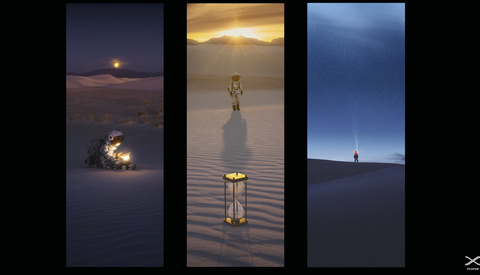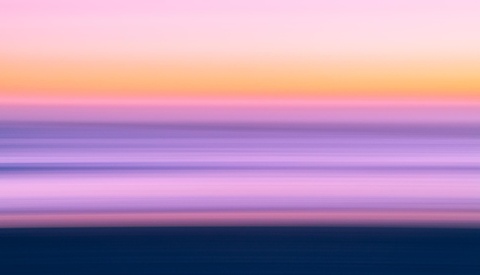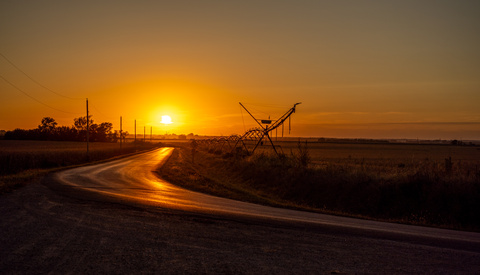Rediscovering Childhood Magic: Traveler by Bryan Minear, Captured on the GFX100S II and FUJINON 500mm f/5.6
It is a story brought to life by a father and photographer with Fuji’s GFX100S II and the GF 500mm f/5.6. He started a series about a traveler through existence with a project that explores childlike wonder.

































